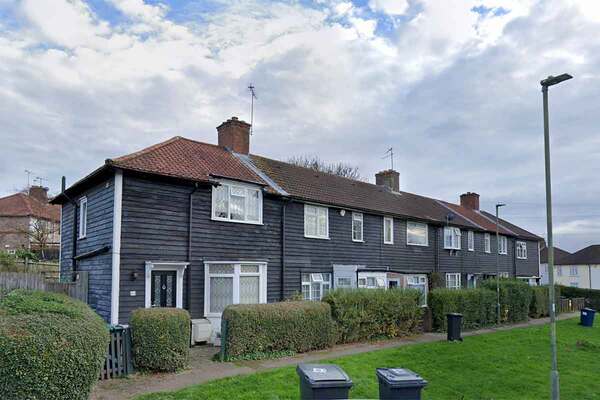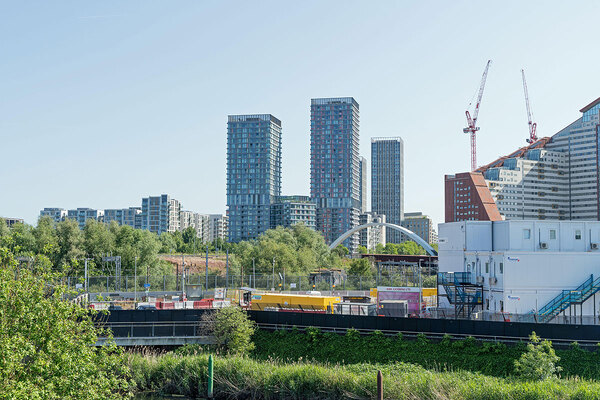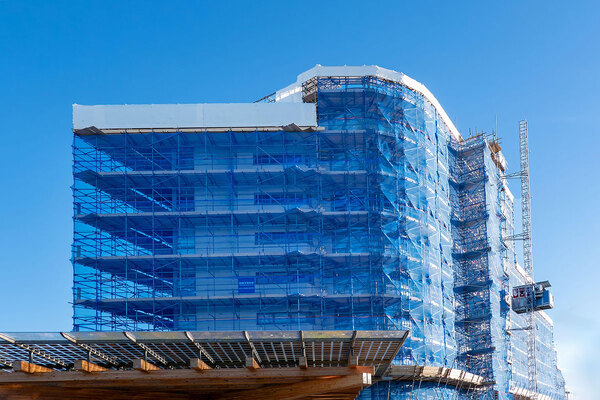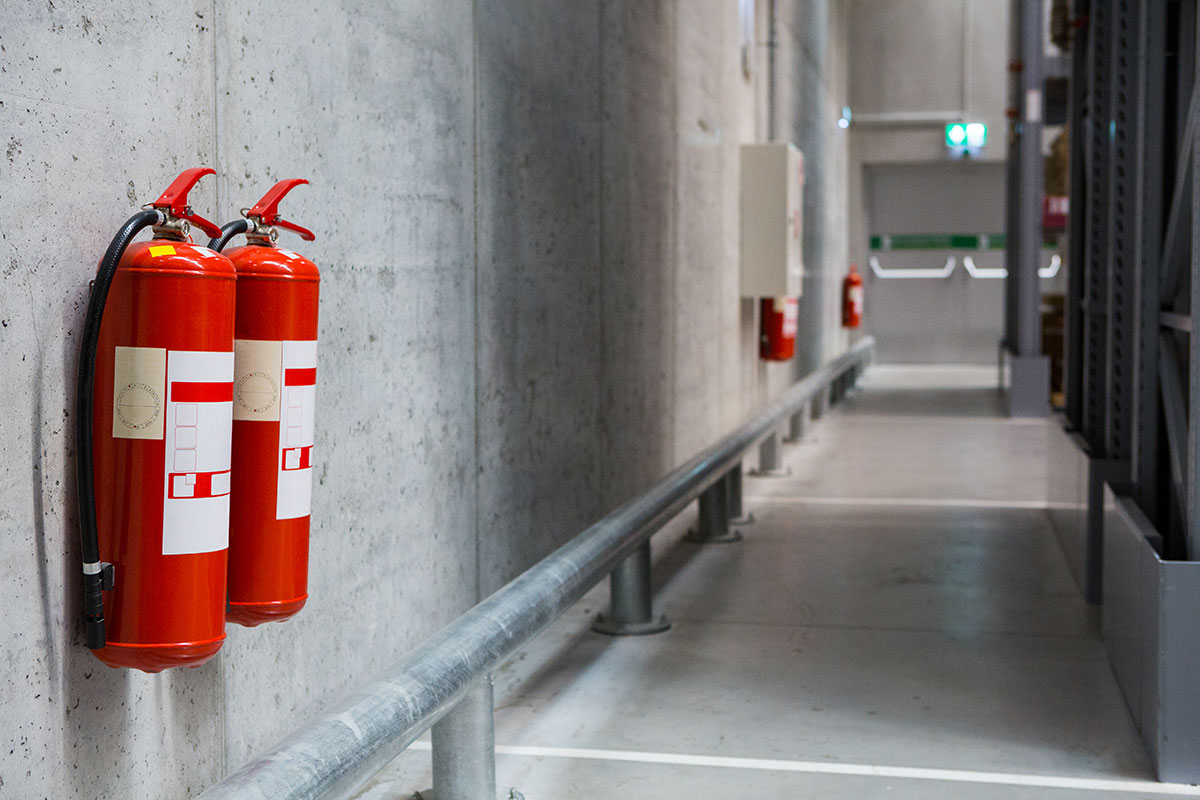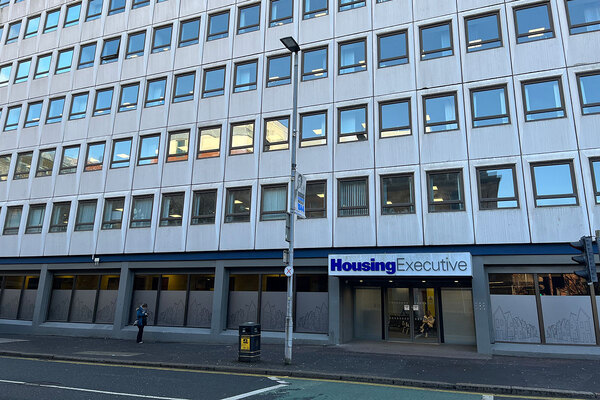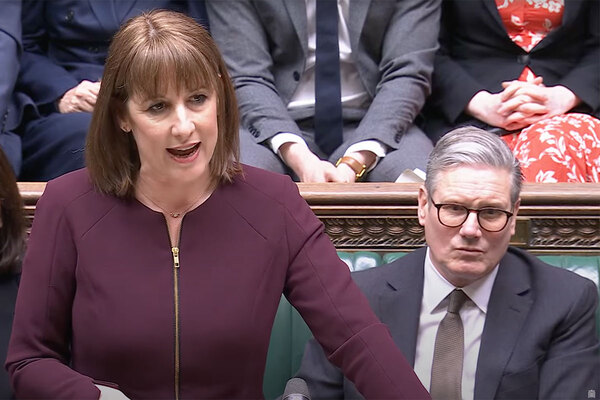Gap in Defective Premises Act leaves leaseholder fearing £50,000 cladding bill
A leaseholder is fearing a £50,000 cladding bill as his building does not fall under protections in the Defective Premises Act.
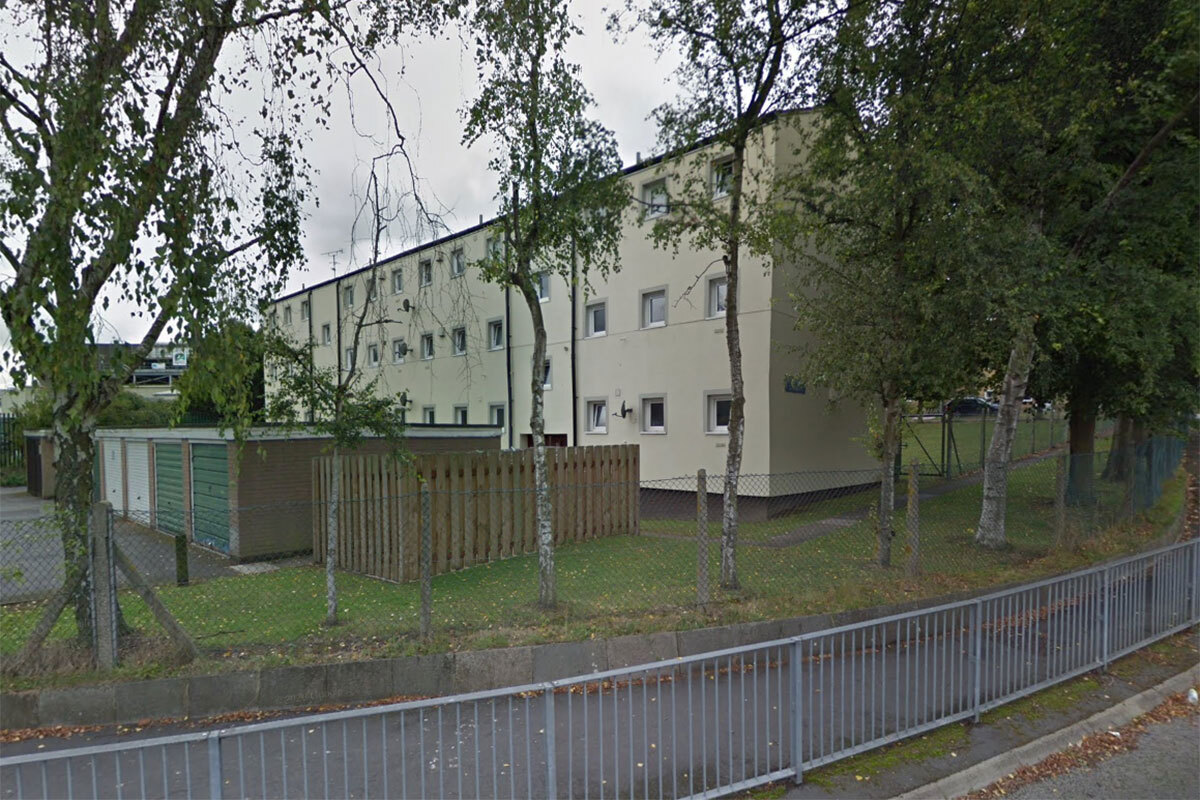
Tom DeRonde, a paramedic, received a £65,000 bill from his freeholder, Hastoe Housing Association, in February after trying to sell his flat.
It emerged that his three-storey social housing block in Luton, which was built in the 1970s and refurbished in 1995, had combustible EPS insulation and missing cavity barriers.
The building is not tall enough to fall under the scope of the Building Safety Act 2022, which introduced “waterfall” protections to ensure residents of buildings above 11 metres or five storeys in height did not face cladding bills.
Mr DeRonde’s only avenue for redress is the Defective Premises Act 1972, whose scope was widened to works carried out in the past 30 years in 2022 alongside the Building Safety Act.
However, after contacting a solicitor, he discovered that the Defective Premises Act does not apply to buildings that have been refurbished. This is because the extension of the law in 2022 only covers construction, conversion or enlargement of a building.
The cladding at Mr DeRonde’s block was added in 1995 but it was not done as part of a new build, conversion or enlargement project. Protections for refurbishment works only apply for works carried out after 2022, not retrospectively.
Inside Housing understands that Hastoe has received the same legal advice and argues this is why it cannot take action against another party, such as the building’s contractor, under the Defective Premises Act.
“This law was changed because of Grenfell,” Mr DeRonde pointed out. The combustible cladding that contributed to the 2017 Grenfell Tower fire was added to the west London building as a refurbishment project. It is therefore likely that this loophole would affect other old social housing blocks.
Mr DeRonde’s building consists of eight social housing tenants and four leaseholders. After negotiations with leaseholders, Hastoe has said the roof currently does not need work and will be taken out of the scope of works. Should it need work at some future point, Hastoe said, it will need to re-charge those costs.
Even so, Mr DeRonde expects he will still have to pay around £50,000 for his share of the fixes.
“I can’t pay that money… I’m pretty sure that I’m going to be bankrupt,” he told Inside Housing.
Hastoe claimed it can only offer leaseholders a payment plan of up to 12 months because it is not licensed with the Financial Conduct Authority to offer loans.
A Hastoe spokesperson said: “We don’t know when or how much we will be billing leaseholders at the moment, as we are working on a revised specification for the works. Once we are ready to bill leaseholders we will meet with them again to discuss payment options.”
The Ministry of Housing, Communities and Local Government was approached for comment.
Sign up for our fire safety newsletter
Already have an account? Click here to manage your newsletters
